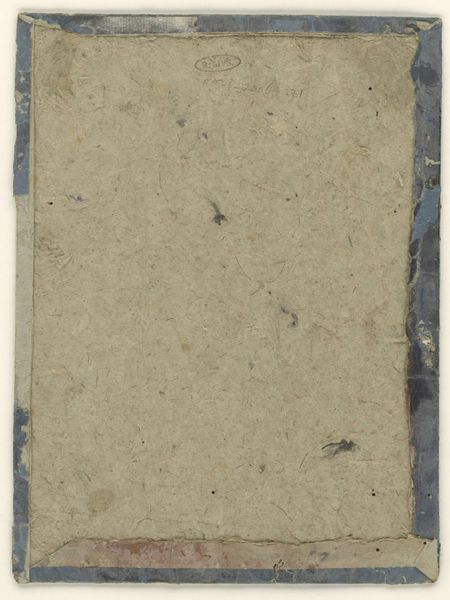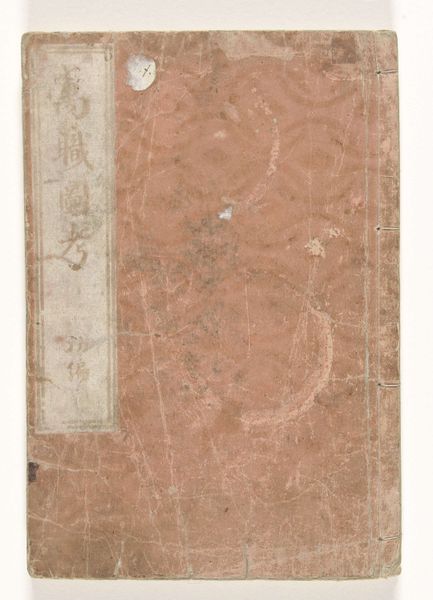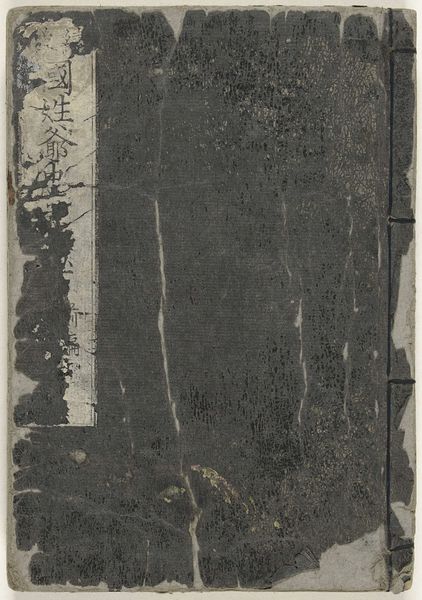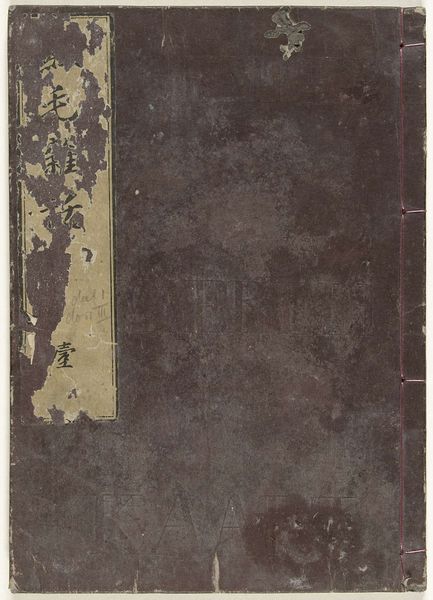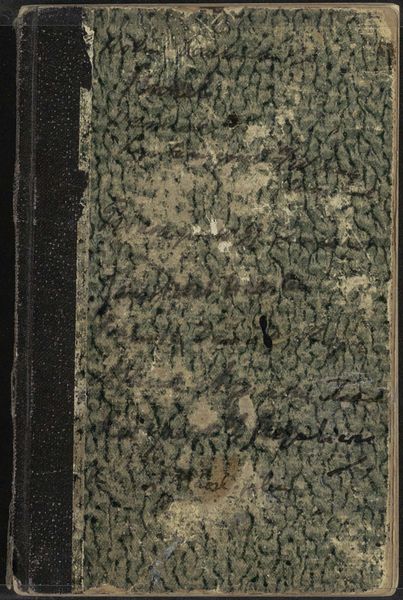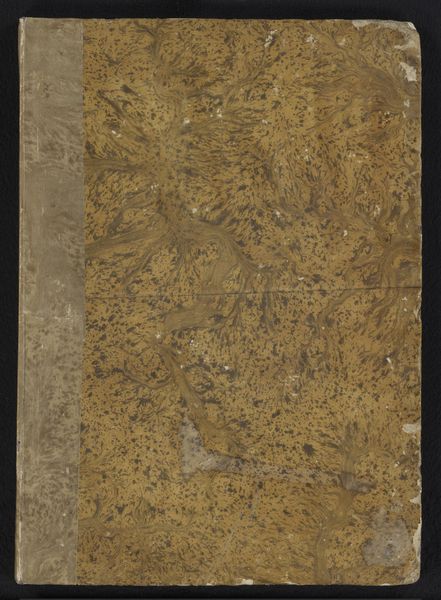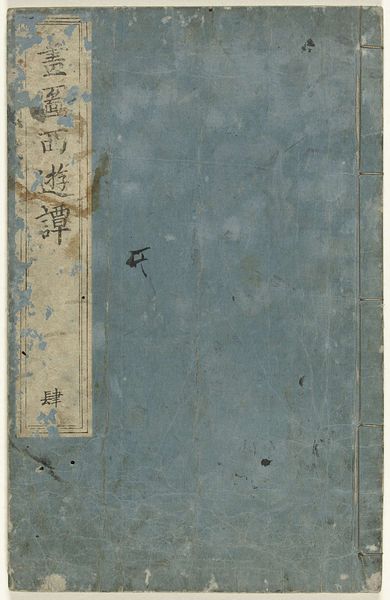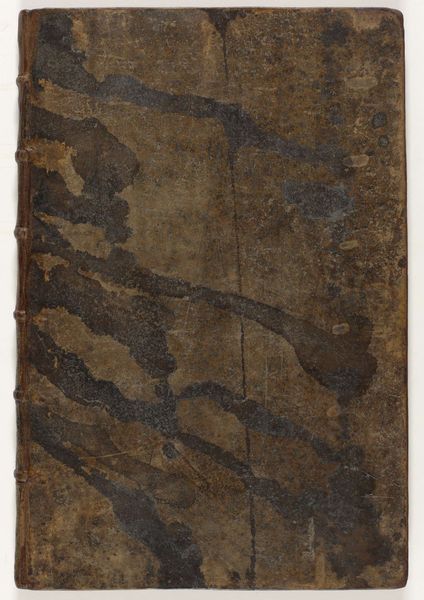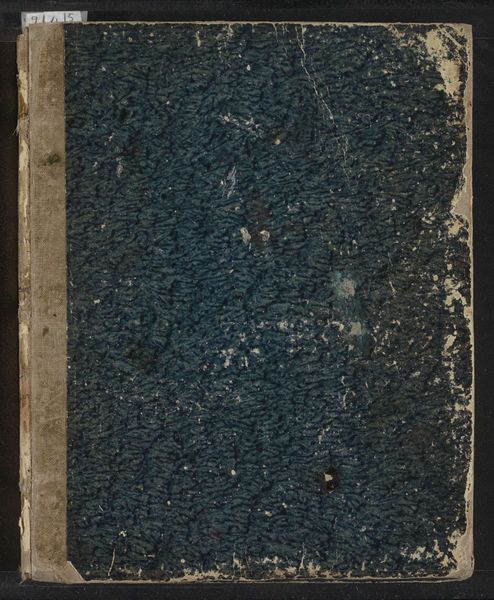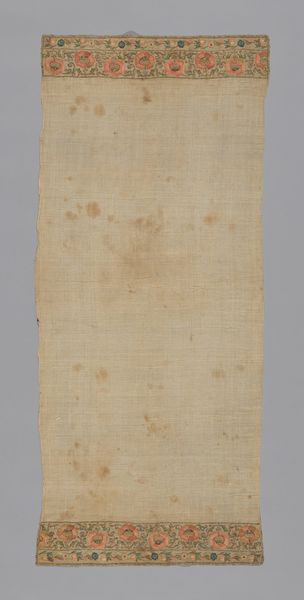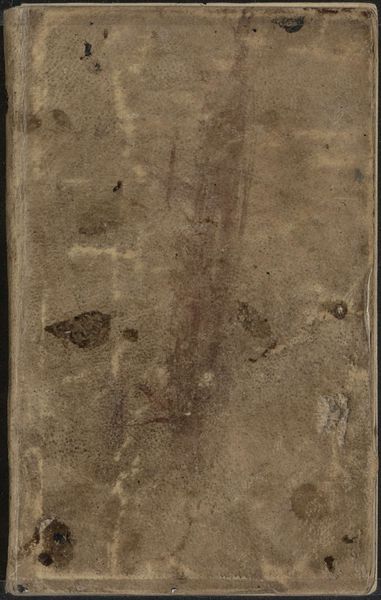
paper
#
asian-art
#
ukiyo-e
#
paper
Dimensions: height 224 mm, width 154 mm
Copyright: Rijks Museum: Open Domain
Katsushika Hokusai made this woodblock printed book, titled "Illustrated Senjimon," in Japan, though the precise date is unknown. Given Hokusai's lifespan, it's likely from the Edo period, a time of relative peace and economic growth that saw a flourishing of arts and culture. The Senjimon, or "Thousand Character Classic," was a foundational text for literacy, used in East Asia for centuries. The illustrations here served an important social function, broadening access to knowledge, and offering visual interpretations of classical texts that would have been otherwise limited to privileged classes. The book's very existence speaks to the rise of a print culture and the commercialization of art, a phenomenon that democratized access to imagery and learning in unprecedented ways. Understanding the social role of such illustrated texts requires that we look into the history of education, printing, and literacy during the Edo period. It is through this kind of contextual research that we can begin to understand the significance of Hokusai's work.
Comments
No comments
Be the first to comment and join the conversation on the ultimate creative platform.
